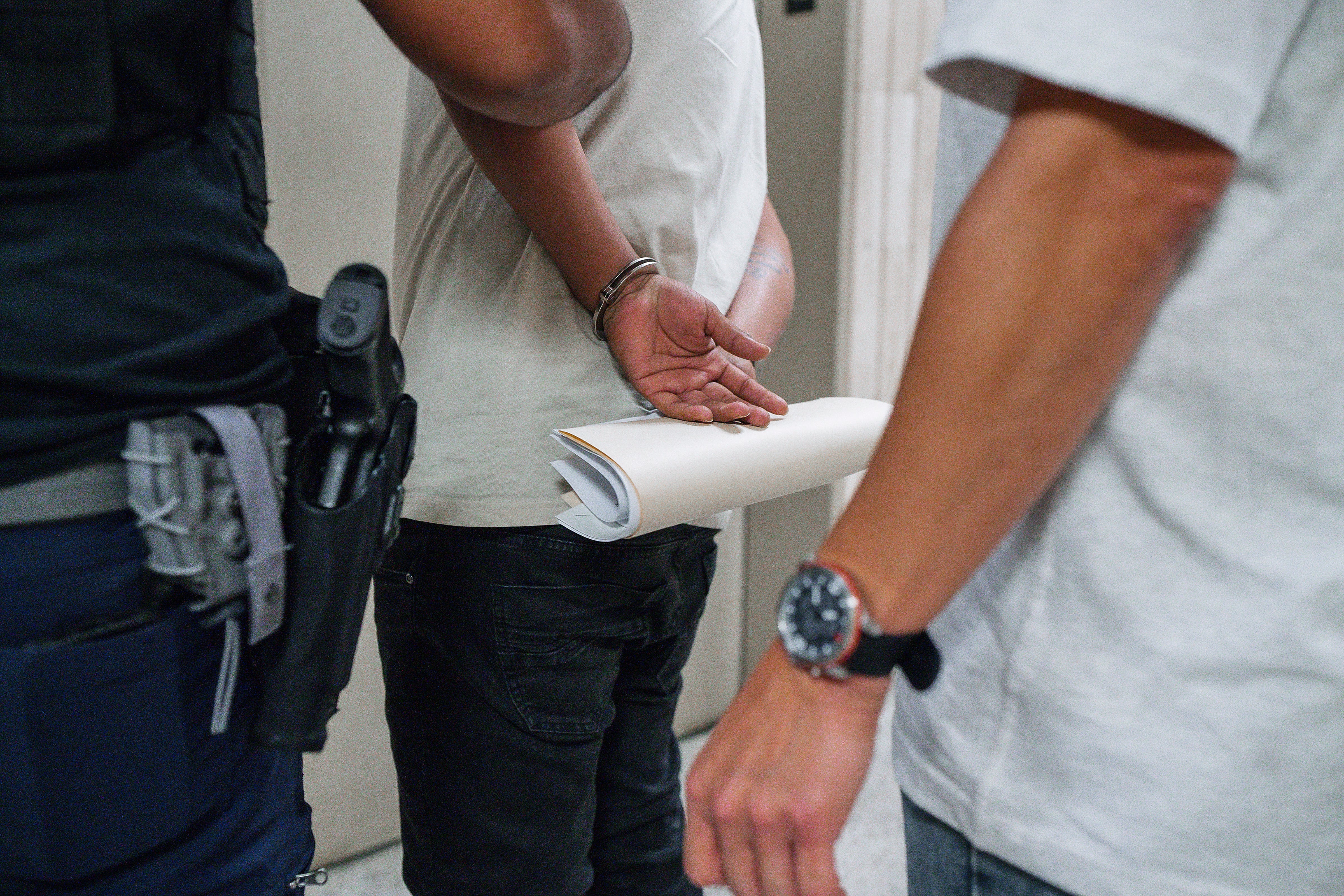The Navy needs more underwater drones — and it needs them now.
The new head of the Pentagon's submarine warfare office said Thursday that the slow development of drones that can operate autonomously can't be an excuse for inaction on unmanned underwater vehicles that officials hope will multiply the presence and power of the world's most fearsome undersea force.
"We are making progress but I'm tired of waiting," said Rear Adm. William Merz to an audience of submarine officers and military contractors. "Give me what you have, I will take it to sea and I'll give you feedback. You can develop and evolve, then I'll take that to sea: give you more feedback."
The development of undersea systems has leaped forward over the years but fundamental problems with autonomous drones have proven a tough nut to crack. Developers have struggled with figuring out an efficient way to gather information collected by UUV sensors. Some of the problems are as basic as keeping these subchasers from being snagged by commercial fishing nets.
But as submarines proliferate worldwide, from potential adversaries like Russia and China to renegade regimes like North Korea and Iran, the Navy's fleet of attack submarines has been increasingly stretched. In February, Air Force Gen. Philip Breedlove, then the head of U.S. European Command, said the influx of Russian subs in the North Atlantic and Mediterranean was forcing him to "play zone defense," having his attack boats patrolling large areas rather than tracking individual submarines.
Unmanned systems will have to pick up some missions currently being filled by attack boats, Merz said at the annual Naval League Symposium outside Washington, D.C.
"I have a spectrum of missions from the dull, dirty and dangerous all the way up to the Starship Enterprise — I have the Enterprise, it's called the Virginia-class submarine," Merz continued. "I hope unmanned systems get there eventually but until then, give me what you have and I can plug holes that can unburden the [attack submarine fleet]."
The clamor for UUVs peaked last fall when The New York Times reported that Russia had unmanned submersibles lurking around U.S. undersea cables that carry the bulk of the world's internet data.
The former head of U.S. submarine forces told Congress that while it would be impossible to defend the entire cable system, some more vulnerable areas could be guarded by UUVs, freeing up attack boats for other duties.
"We don't have to know everything everywhere," said retired Vice Adm. Michael Connor, former head of Submarine Forces, at an Oct. 27, 2015, House subcommittee hearing. "But there are places where you would like to have very good knowledge. We have critical things we want to protect, like some of the undersea infrastructure that is so critical to our economy."
"There may be places we decide we want to have some volume of systems and that relatively small area around that infrastructure where you would have sufficient vehicles to obtain perfect knowledge," he said.
The main advantage of UUVs is that they carry a lot of sensors underway at a fraction of the cost of a $2.7-billion Virginia-class submarine. That gives the service wiggle room to try lots of things without burning a hole in their budget.
"What I see out there right now, the dollar value is pretty low," Merz said. "So I think we are in a position to take a lot of chances."
David B. Larter was the naval warfare reporter for Defense News.





